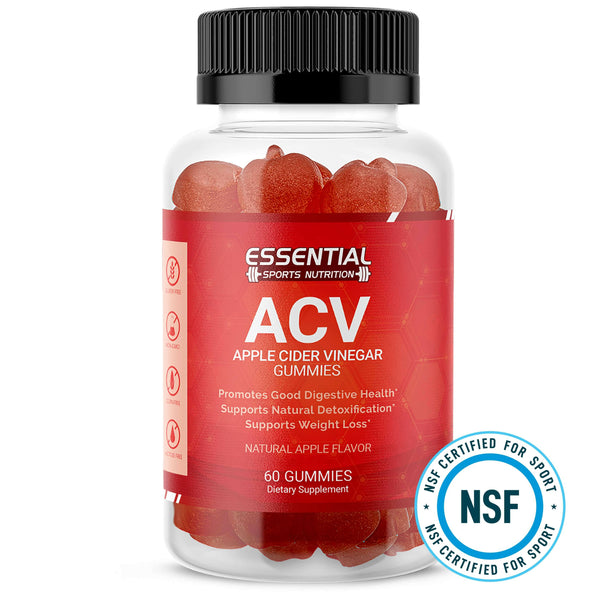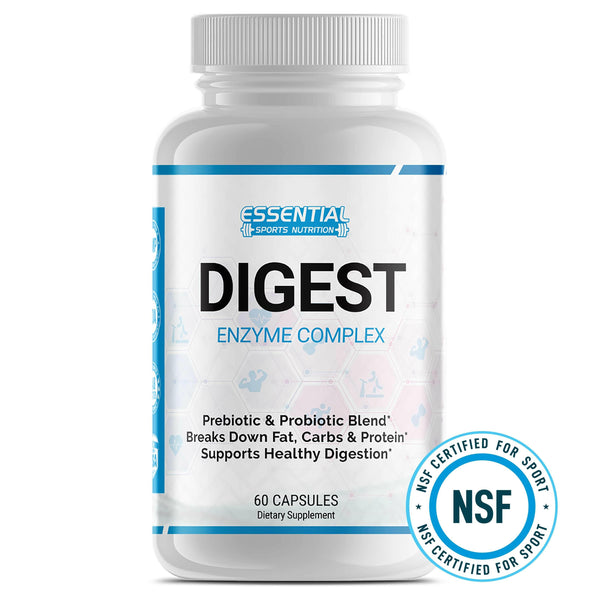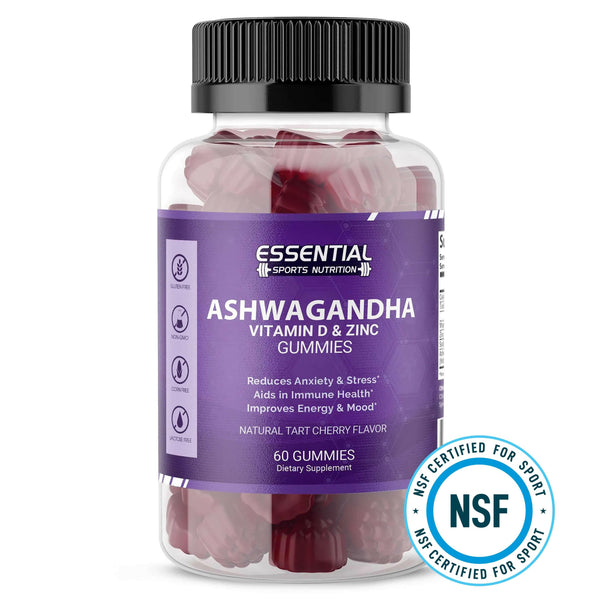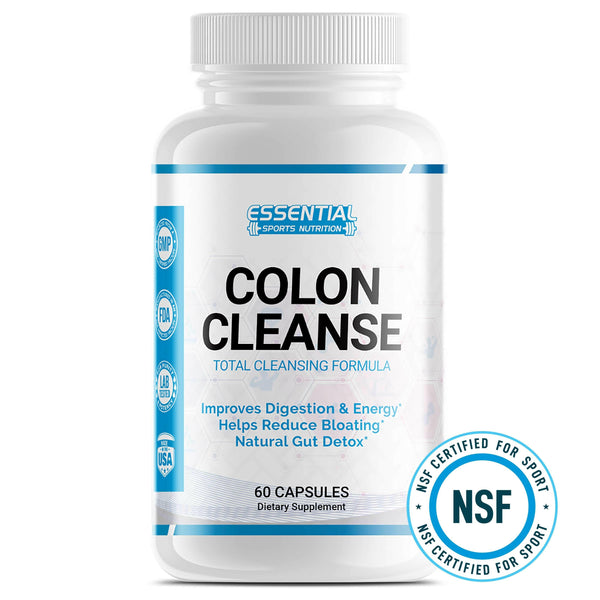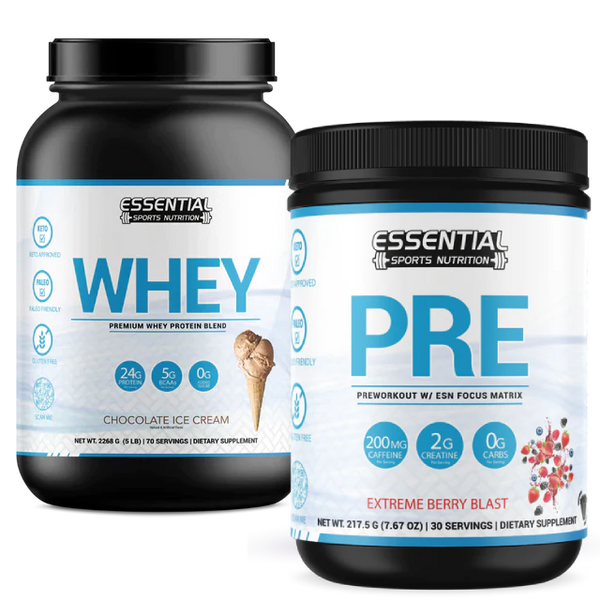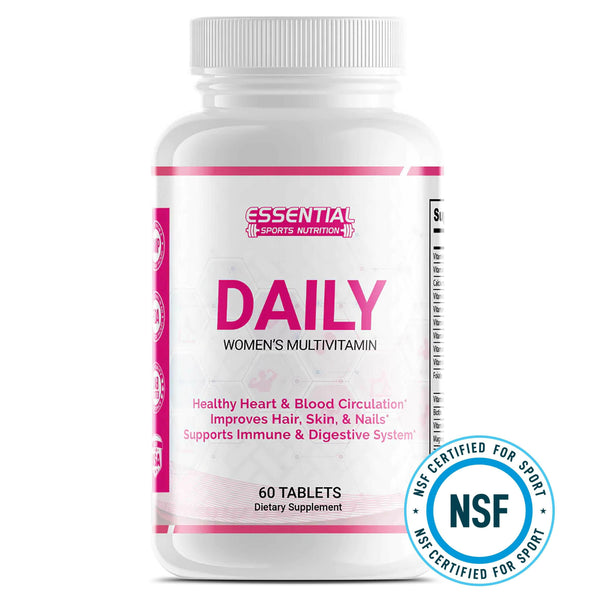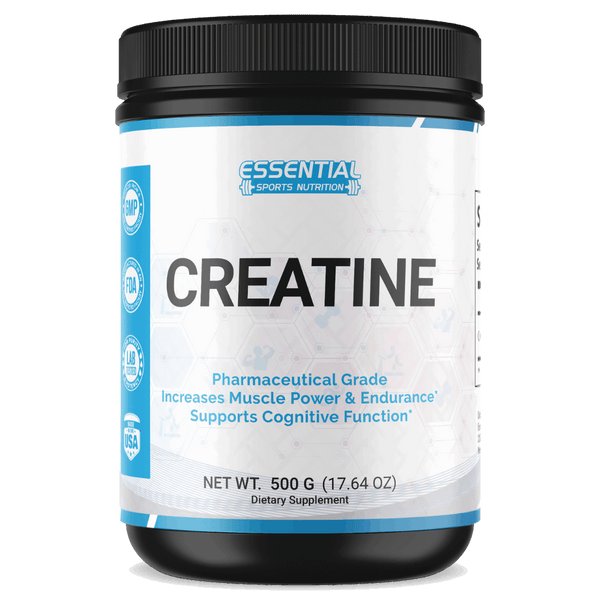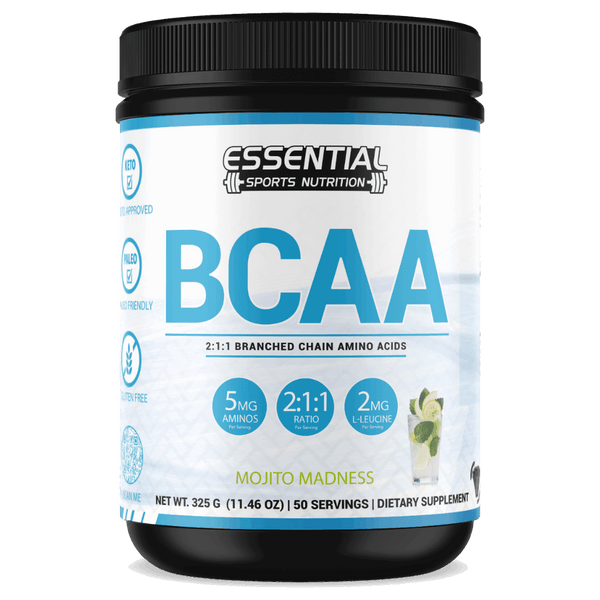Enjoy Every Bite: Low-Fat Diet Food Substitutes for Every Dish
You can transform your meals with low-fat diet food substitutes that offer both health benefits and delicious flavors. Opt for lean proteins like chicken breast and white fish, and low-fat dairy such as 1% yogurt and fat-free cheeses. Steaming vegetables and grilling lean meats retain nutrients without added fats. Banish unhealthy snacks with air-popped popcorn, raw veggies with hummus, or low-fat Greek yogurt. Use plant-based options like tofu and mashed avocado for variety. Enhancing flavors with herbs and spices can make a big difference. There's a lot more to explore about tasty, nutrient-rich, low-fat choices you'll love.

Key Takeaways
-
Replace oil in baking with unsweetened applesauce or mashed avocado to reduce fat content.
-
Opt for 1% or fat-free dairy products like yogurt, milk, and cottage cheese to maintain heart health.
-
Substitute mayonnaise with Greek yogurt for a low-fat alternative in recipes.
-
Use lean protein sources like chicken breast, white fish, and shrimp to decrease fat intake.
-
Enhance flavors with herbs, spices, and citrus fruits instead of high-fat dressings and sauces.
Lean Protein Sources
When aiming for a low-fat diet, incorporating lean protein sources like white fish, chicken breast, and shrimp guarantees you get essential nutrients without the extra fat. White fish, such as cod or haddock, is exceptionally low in fat and rich in high-quality protein, making it an excellent choice for maintaining muscle mass and supporting metabolic functions. It's also packed with essential vitamins and minerals like B vitamins, selenium, and iodine, which are vital for various bodily functions, including energy production and thyroid health.
In addition to white fish, chicken breast is a versatile and lean protein option. Skinless chicken breast is particularly low in saturated fat yet provides a substantial amount of protein per serving. Cooking methods like grilling, roasting, or baking help retain its lean qualities without adding unnecessary fats.
Shrimp is another excellent lean protein source. It's low in calories and fat but high in protein, making it perfect for a low-fat diet. Additionally, shrimp contains essential nutrients such as vitamin B12, iron, and omega-3 fatty acids, which contribute to overall health.
Low-Fat Dairy Products

Choosing low-fat dairy options like 1% or fat-free yogurt, cottage cheese, and milk can greatly decrease your overall fat intake while still providing essential nutrients. These choices offer the same protein, calcium, and other crucial vitamins found in their full-fat counterparts but with markedly less saturated fat. Fat-free (skim) milk, for instance, provides all the benefits of milk without the added fat, making it an excellent choice for maintaining a heart-healthy diet.
When it comes to cheese, selecting Neufchatel or light cream cheese, as well as fat-free cream cheese, can help you enjoy creamy textures without the extra calories and fat. Fat-free American cheese or other varieties of fat-free cheeses are also viable alternatives, allowing you to indulge in your favorite dishes without compromising your dietary goals.
Incorporating these low-fat dairy options into your daily routine can be simple and effective. Use fat-free yogurt in smoothies, opt for 1% milk in your morning cereal, or spread fat-free cream cheese on whole-grain toast. These small changes can significantly reduce your overall fat consumption while ensuring you still receive essential nutrients.
Healthy Cooking Methods
Healthy cooking methods can greatly reduce fat intake while preserving nutrients. Steaming vegetables, grilling lean proteins, and baking without oil are excellent ways to maintain flavor and nutrient density. By incorporating these techniques, you'll enjoy delicious meals that align with your low-fat diet goals.
Steaming Vegetables for Flavor
Steaming vegetables effectively retain their nutrients and natural flavors without adding extra fats. Unlike boiling, which can leach out essential vitamins and minerals, steaming preserves these crucial nutrients, making it a healthier choice. This cooking method is especially beneficial for weight management and overall health, as it eliminates the need for added oils or butter.
When you steam vegetables, their natural flavors are enhanced, allowing you to enjoy their true taste. This process also maintains the vegetables' vibrant colors and crisp textures, making your meals healthier and more visually appealing and satisfying. The preserved texture can make a significant difference, especially if you're shifting to a low-fat diet and want your meals to remain enjoyable.
Steaming is quick and easy, requiring minimal equipment—just a steamer basket and a pot. This simplicity means you can incorporate a variety of vegetables into your diet without much hassle. Whether you're aiming to boost your nutrient intake or want a delicious, low-fat cooking method, steaming vegetables is a practical and effective choice.
Grilling Lean Proteins
Grilling lean proteins like chicken breast or fish is an effective method to minimize fat intake while preserving essential nutrients and natural flavors. When you grill lean proteins, the excess fat drips off, making your meal healthier compared to frying or sautéing. This cooking method retains the proteins' juiciness and enhances their natural taste without the need for added oils or fats.
Grilling is incredibly versatile, allowing you to prepare a variety of lean proteins. Turkey burgers, for example, can be grilled to perfection, offering a tasty yet low-fat alternative to traditional beef burgers. Similarly, veggie skewers with tofu or tempeh are excellent grilled options that fit well into a low-fat diet.
Here's a quick comparison of different lean proteins and their benefits when grilled:
| Protein | Fat Content (per 3 oz) | Key Nutrients |
|---|---|---|
| Chicken Breast | 3 grams | Protein, B Vitamins |
| Salmon | 5 grams | Omega-3s, Vitamin D |
| Turkey Burger | 2 grams | Protein, Selenium |
Baking Without Oil
When baking, you can notably reduce fat and calorie content by substituting oil with nutrient-dense alternatives like applesauce or fruit puree. These oil alternatives lower the overall fat content and add moisture and a touch of natural sweetness to your baked goods. Applesauce and fruit puree are excellent choices because they are rich in vitamins, minerals, and fiber, enhancing the nutritional profile of your treats.
Another effective oil alternative is mashed avocado, which can be used in place of butter. Avocado provides a creamy texture and is packed with healthy monounsaturated fats, which are beneficial for heart health. For recipes calling for mayonnaise, Greek yogurt serves as a fantastic substitute. Greek yogurt offers a tangy flavor while significantly reducing the fat content and adding protein.
If you're looking to lower the calorie content of your baked items, try using unsweetened almond milk instead of whole milk. This swap retains the moisture without the added calories and saturated fats. Lastly, when sautéing ingredients, consider vegetable broth instead of oil to cut down on fat while still achieving a flavorful result. These simple substitutions can make your baking and cooking healthier without sacrificing taste or texture.
Nutritious Snacks

When you're looking for nutritious snacks, consider healthy crunchy alternatives like air-popped popcorn seasoned with herbs or raw veggies paired with hummus. For a protein-packed option, low-fat Greek yogurt with fresh fruit or a small handful of unsalted nuts can be both satisfying and nutritious. These choices keep fat intake low and provide essential nutrients to keep you energized throughout the day.
Healthy Crunchy Alternatives
Opting for healthy crunchy alternatives, such as air-popped popcorn seasoned with herbs, can greatly reduce your fat intake while providing essential nutrients. Crunchy foods are often associated with high fat content, but choosing the right options can help you maintain a nutritious diet. Air-popped popcorn, for example, is low in fat and can be seasoned with various herbs and spices to enhance flavor without adding unhealthy fats.
Raw vegetables like carrots, cucumbers, and bell peppers are excellent choices for a crunchy snack. Pair them with hummus, which adds protein and fiber, making it a well-rounded, satisfying treat. Roasted chickpeas are another fantastic option; toss them with a sprinkle of sea salt and cumin before roasting. They offer a high-fiber, low-fat alternative that's both crunchy and flavorful.
Rice cakes topped with almond butter and sliced bananas provide a satisfying crunch while giving you a dose of healthy fats and essential vitamins. Similarly, whole grain crackers paired with avocado and cherry tomatoes offer a nutritious, crunchy alternative that's rich in healthy fats and antioxidants. These options satisfy your craving for crunchy foods and contribute to a balanced, low-fat diet.
Protein-Packed Munchies
Switching gears from crunchy alternatives, let's explore protein-packed munchies that are both nutritious and satisfying. Opting for low-fat snacks doesn't mean sacrificing flavor or fullness. Start with low-fat Greek yogurt paired with fruit or nuts. It provides a substantial protein boost, helping you stay satiated longer.
Another excellent choice is turkey or chicken breast slices with whole-grain crackers. This combo delivers a high-protein punch and incorporates fiber, making it a balanced snack. For a quick, portable option, you can't go wrong with a hard-boiled egg. It's low in fat and packed with protein.
Edamame is another low-fat, high-protein snack that's easy to prepare and enjoy on the go. If you're looking for something more substantial, try a small portion of cottage cheese with fresh vegetables. This snack is both filling and nutrient-dense, ensuring you get a good mix of vitamins and minerals.
Lastly, don't overlook a handful of almonds or walnuts. While they contain fats, these are healthy fats that are essential for your body. Plus, they're rich in protein, making them an ideal low-fat munchie. Incorporating these nutritious snacks into your diet can help you stay on track with your health goals.
Plant-Based Alternatives

Plant-based alternatives such as tofu, tempeh, and legumes offer nutrient-dense, low-fat options that can effectively replace meat in your diet. These foods are not only rich in protein but also low in saturated fats, making them excellent fat alternatives. For instance, tofu provides about 10 grams of protein per serving and contains minimal fat, while tempeh offers a slightly higher protein content with similar low-fat benefits. Legumes, including lentils and chickpeas, are packed with fiber and protein, contributing to a feeling of fullness without the added fat.
In addition to these protein-rich options, you can also use mashed avocado or mashed cauliflower to reduce fat intake. For example, substituting mashed avocado for butter in spreads or mashed cauliflower for cream in soups can cut down on unhealthy fats while maintaining a creamy texture. Nutritional yeast serves as a dairy-free cheese substitute, adding a savory flavor without the fat content found in traditional cheese.
Ground flaxseeds mixed with water can replace eggs in baking, lowering the fat content of recipes. Similarly, using coconut oil instead of butter in baking offers a healthier fat option, aligning with a low-fat diet's goals.
Flavor Enhancers

While incorporating plant-based alternatives can greatly reduce fat intake, enhancing the flavors of these dishes with herbs and spices like garlic, ginger, and turmeric guarantees you don't sacrifice taste for health. These flavor enhancers elevate the taste of your meals and offer numerous health benefits. Garlic, for instance, has been shown to support cardiovascular health, while ginger and turmeric possess anti-inflammatory properties.
Citrus fruits like lemon and lime are excellent for adding a tangy kick to your dishes without extra fats. The natural acidity of these fruits can brighten up the flavors of your meals, making them more enjoyable and palatable. Additionally, vinegar-based dressings or marinades serve as fantastic low-fat alternatives to creamy sauces. They provide a zesty flavor boost while keeping your calorie count in check.
For a savory umami taste, consider using low-sodium soy sauce or tamari in your recipes. These options deliver rich flavors without the added fats typically found in traditional sauces. To conclude, roasting or grilling vegetables with a sprinkle of sea salt and black pepper offers a simple yet delicious low-fat option. These straightforward techniques make sure your meals remain flavorful and nutritious.
Low-Fat Baking Substitutes

When baking, you can easily cut down on fat by incorporating natural substitutes that maintain both texture and flavor. One effective way to lower the fat content is by replacing oil or butter with unsweetened applesauce in muffin and cake recipes. This swap not only reduces fat but also adds moisture and a subtle sweetness.
Another excellent substitute is using mashed bananas in place of sugar. Bananas provide natural sweetness while also cutting down on added sugars, making your baked goods healthier. For those looking to replace eggs, try mixing ground flaxseeds with water. This combination not only reduces fat intake but also adds fiber and omega-3 fatty acids.
Coconut oil can be used as a healthier fat option compared to butter, offering beneficial medium-chain triglycerides. Additionally, incorporating whole wheat flour instead of half the regular flour in your recipes adds fiber and nutrients without compromising texture.
Here are some powerful substitutes to transform your baking:
-
Unsweetened applesauce instead of oil or butter
-
Mashed bananas as a natural sweetener
-
Ground flaxseeds mixed with water for egg replacement
-
Coconut oil in place of butter
-
Whole wheat flour for added fiber
Conclusion

You'll enjoy a healthier lifestyle without sacrificing flavor by incorporating lean proteins, low-fat dairy, and nutritious snacks into your diet. Consider Sarah, who swapped fried chicken with grilled fish and high-fat snacks with fresh fruit. She not only lost weight but also felt more energetic. Adopting nutrient-rich, low-fat alternatives, plant-based options, and healthier cooking methods can greatly enhance your overall well-being. Small changes make a big difference in your health journey.
Recommended Low-Fat Foods and Nutrition FAQs
Q: What are some low-fat food substitutes for meat?
A: Some low-fat food substitutes for meat include chicken breast, poultry, fortified soy products, and extra-lean ground beef.
Q: How can I identify low-fat foods by reading nutrition labels?
A: Look for terms like "low-fat" or "fat-free" on nutrition labels. Check the amount of fat and grams of fat per serving size, and opt for foods with less fat and saturated fat.
Q: Why is it important to choose low-fat foods?
A: Choosing low-fat foods can help reduce your saturated fat and cholesterol intake, benefiting your overall health and well-being.
Q: What are some low-fat substitutes for salad dressings?
A: Choose lemon juice, low-fat, or fat-free salad dressings, or make your own dressings using low-calorie alternatives like vinegar and herbs.
Q: How can the NHS help me choose low-fat food options?
A: The NHS provides recommendations and resources on healthy eating, including tips on choosing low-fat foods and reading nutrition labels effectively.
Q: Are dairy products good low-fat substitutes for high-fat foods?
A: Yes, dairy products like fat-free milk, low-fat yogurt, and low-fat ricotta cheese are good alternatives to high-fat options like full-fat milk or cream.
Q: How can I incorporate more grains into a low-fat diet?
A: Include whole grains like brown rice, quinoa, and whole-wheat bread in your meals to increase your fiber intake and stick to low-fat options like whole-grain pasta.
What Foods Have Low-Fat Alternatives?
You'll find low-fat alternatives in dairy like 1% or fat-free yogurt, milk, and cheese. Protein options include egg whites, white fish, and skinless poultry. Opt for lean meats and avoid processed or red meats.
What Foods Can I Eat on a Low-Fat Diet?
You can eat lean proteins like skinless chicken, turkey breast, and fish. Choose low-fat dairy options and whole grains. Incorporate leafy greens, fruits, beans, and legumes. Use healthier cooking methods and substitute high-fat ingredients with lower-fat alternatives.
What Is a Healthy Substitute for Fat?
You won't believe how much healthier your meals can get with simple swaps! Replace fats with fruit puree, Greek yogurt, or reduced-fat cheese. These alternatives greatly cut calories and fat, ensuring nutrient-rich, delicious dishes.
What Can I Eat Instead of Fatty Foods?
You can replace fatty foods with lean proteins like chicken or fish, low-fat dairy options, whole grains, and fruit purees. These choices provide essential nutrients while reducing fat intake, promoting a healthier, balanced diet.



